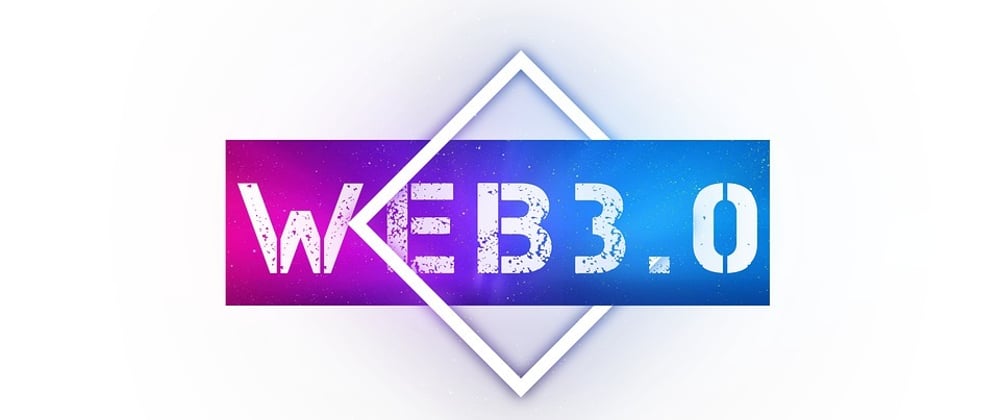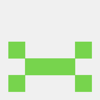Have you ever imagined being a part of a digital city?🌆 The Internet of today is breaking down boundaries and creating a new era. Bill Gates once said, "the internet is becoming the town square for the global village of tomorrow."
Web 1.0, which was more like a directory of static pages, had limited user access. For the past 15 years, we have been operating in a web 2.0 world that is community-driven, focusing on content distribution and interaction. This era brought us the ability to share photos, videos, audio, and information through web applications, mobile apps, and interactive advertising.
Web 2.0 was built on technologies such as Ajax and JavaScript, while web 3.0 is built on Artificial Intelligence and decentralized technologies. The applications used in web 2.0 include web apps, sites, and mobile apps, whereas, in the web 3.0 space, the applications are smart apps run by AI and are decentralized.
Now, Web 3.0 is revolutionizing the way we interact with the internet. Data is structured in a way that is readable by both machines and humans, and the network is decentralized with advanced analytics. The focus on privacy and security is evident, with encryption and the use of Distributed Ledger Technologies.
The advent of Blockchain technology is another significant difference between web 2 and web 3. This decentralized ledger of records is disrupting the financial industry, bringing about new ways to exchange money, including digital currency (crypto). It not only affects the finance sector but also enhances security and reduces fraud through cryptography standards like hash functions and private and public keys.
Web 3.0 is the next evolution of the internet and properly utilizes Blockchain technology to produce Decentralized Autonomous Organizations (DAO). It addresses issues in the banking system, such as immediate financial transactions through peer-to-peer networks. In web 3.0, users are the owners and ultimate influencers of the content, as opposed to being just products interacting with the content in web 2.0.
In conclusion, web 3.0 is democratizing access to economic opportunity, and there are already platforms like Nestcoin and BlockGames that are helping people learn and explore the potential of Blockchain technology. As the tech industry continues to evolve, companies like Zuriteam are leading the way.
Thank you for taking the time to read my article on Web3. I hope it has been informative and thought-provoking. I would love to hear your thoughts and ideas on this topic, so please feel free to share your comments and insights with me.
You can connect with me on LinkedIn and Twitter. I look forward to connecting with you and exploring this fascinating area further.







Top comments (0)